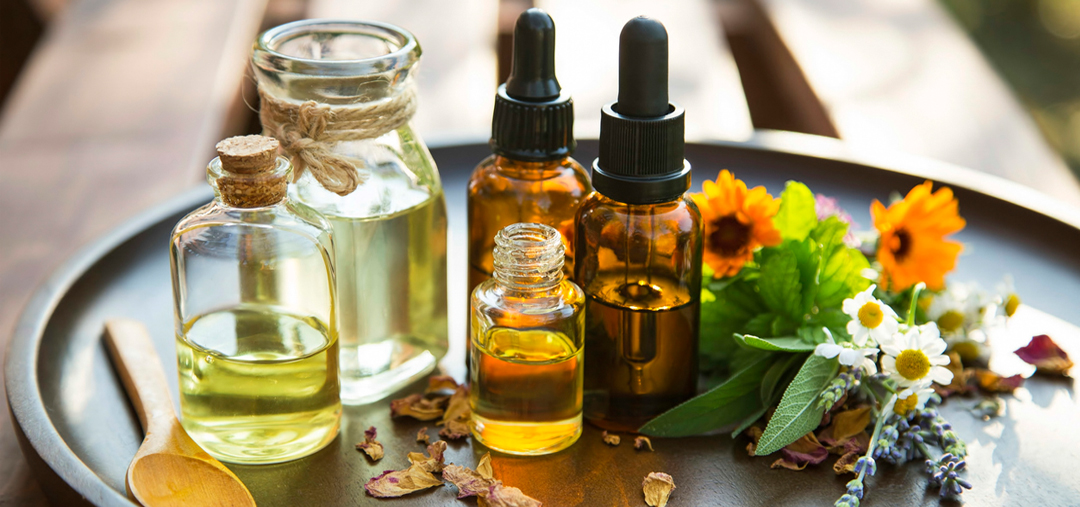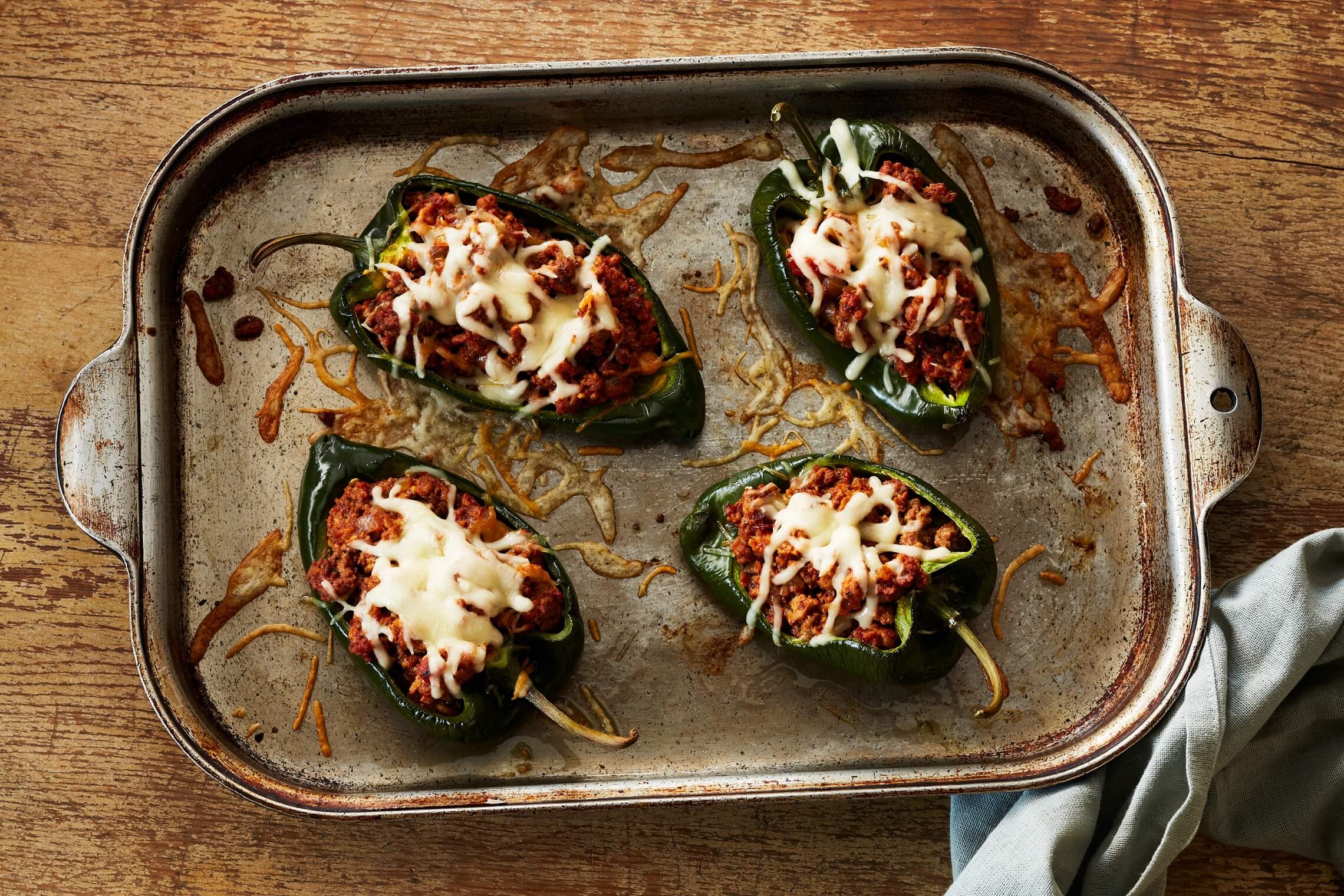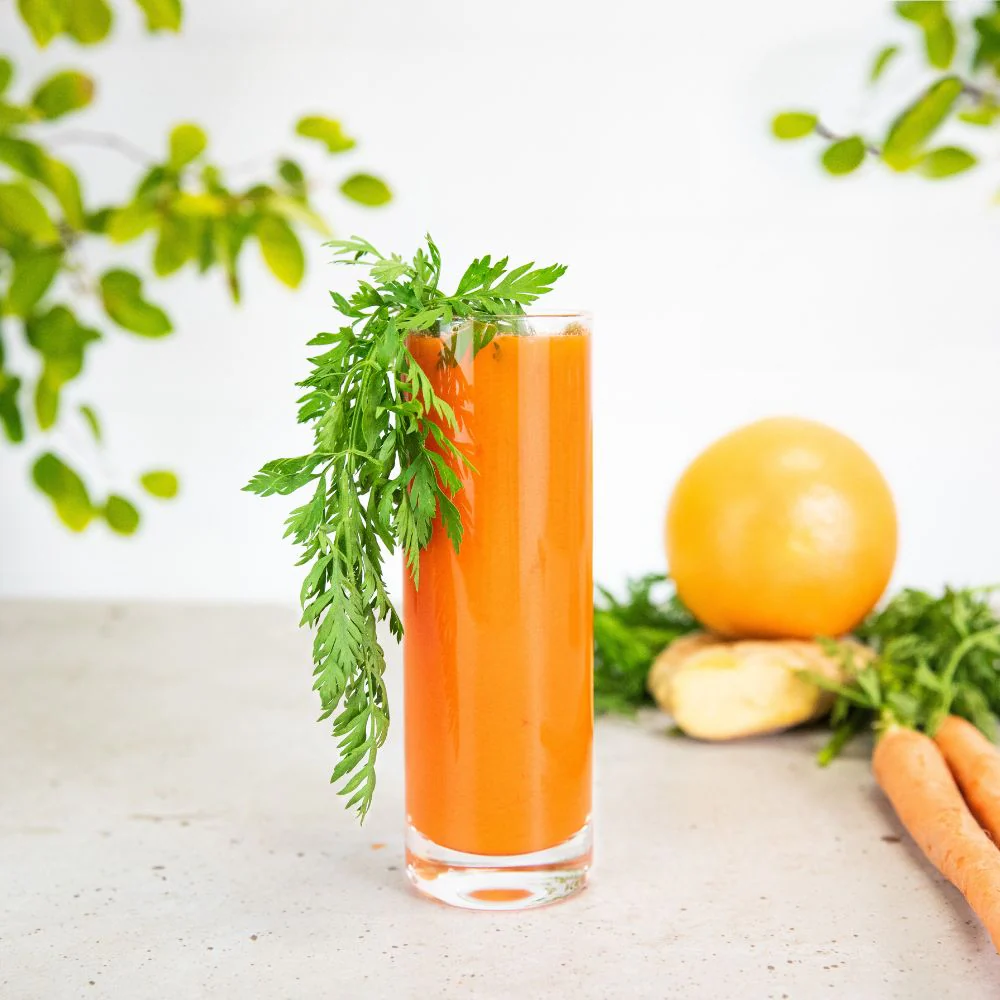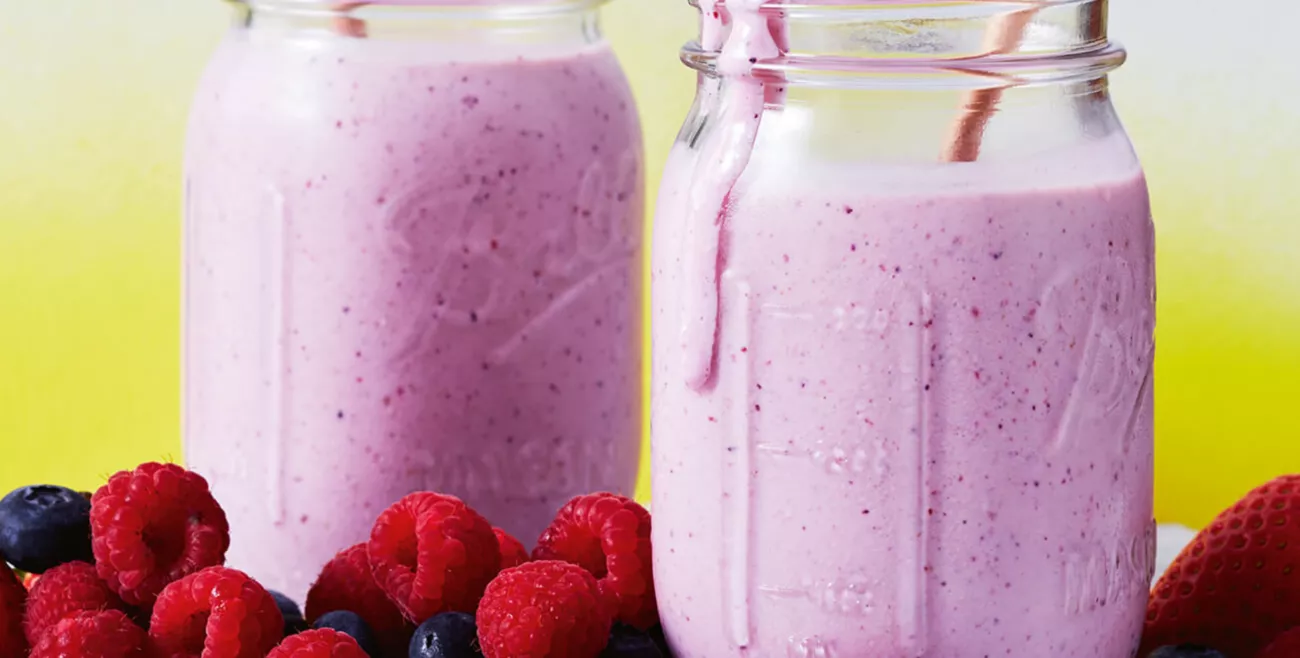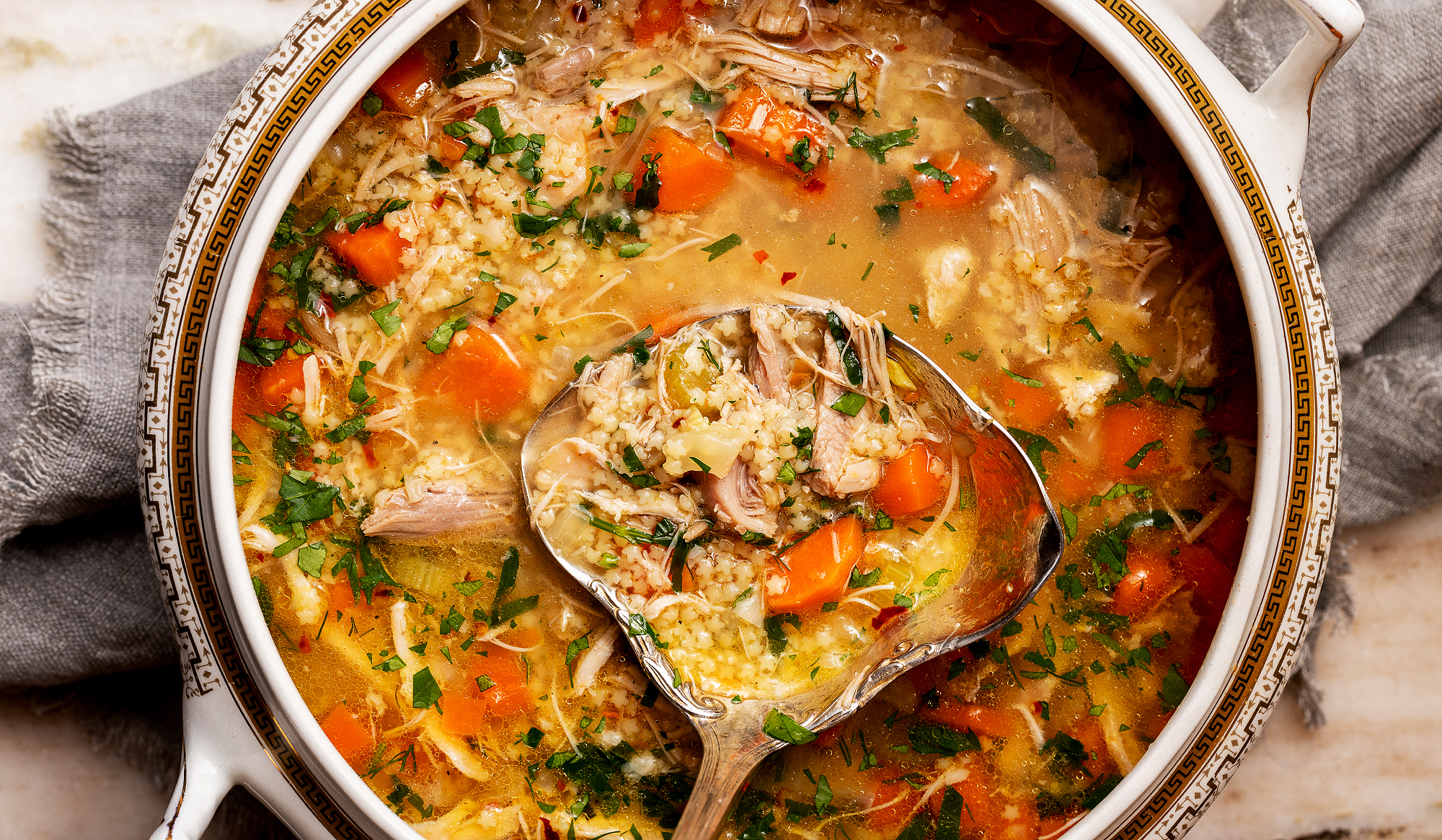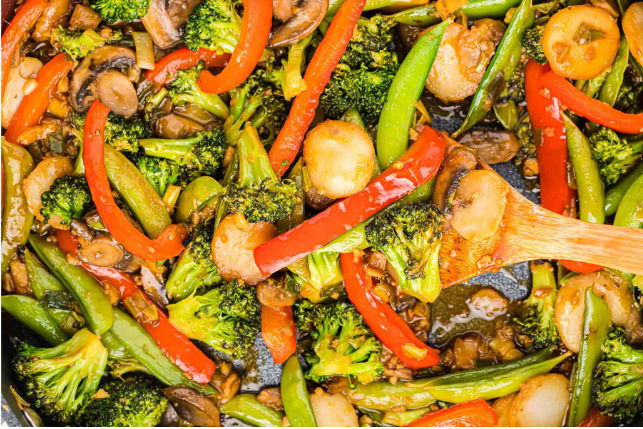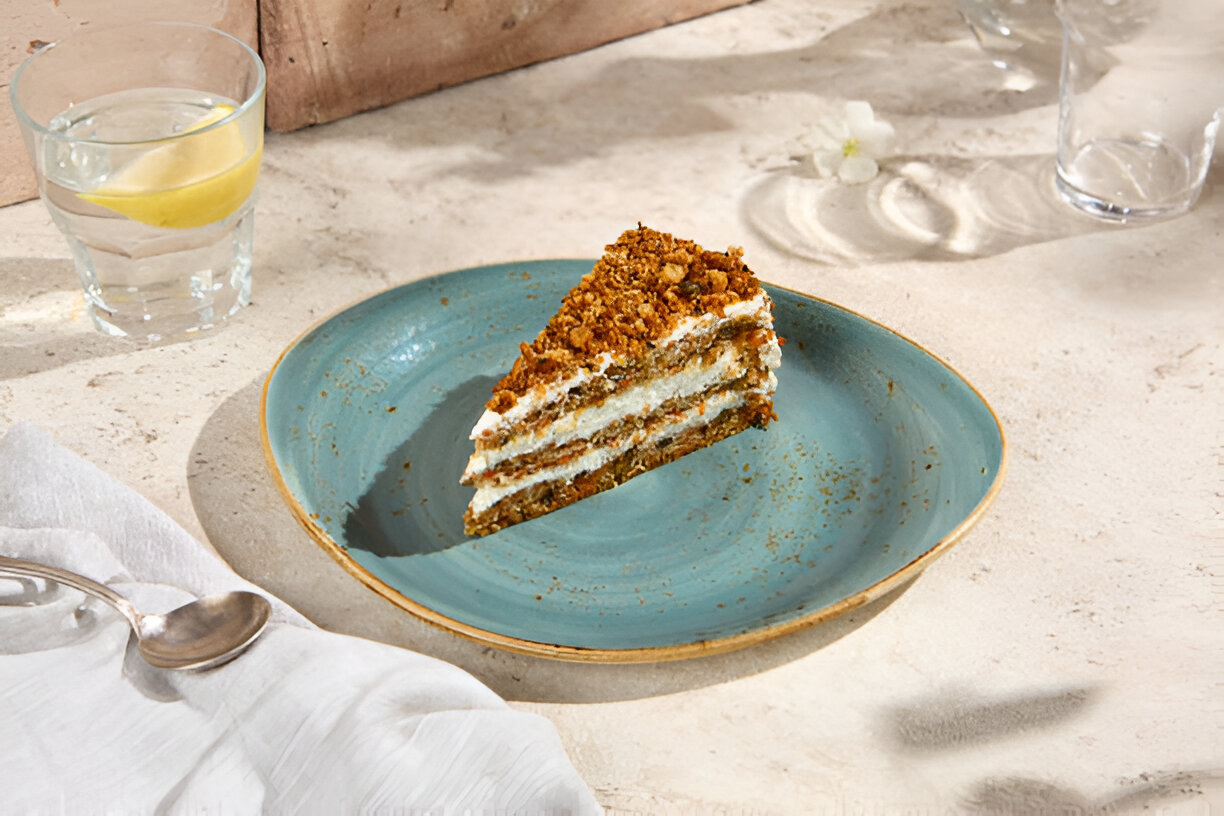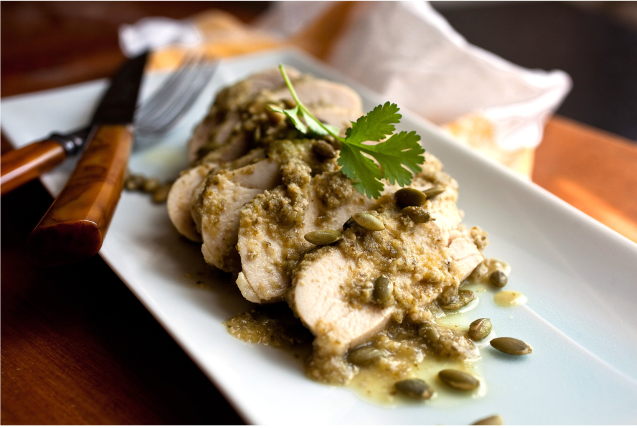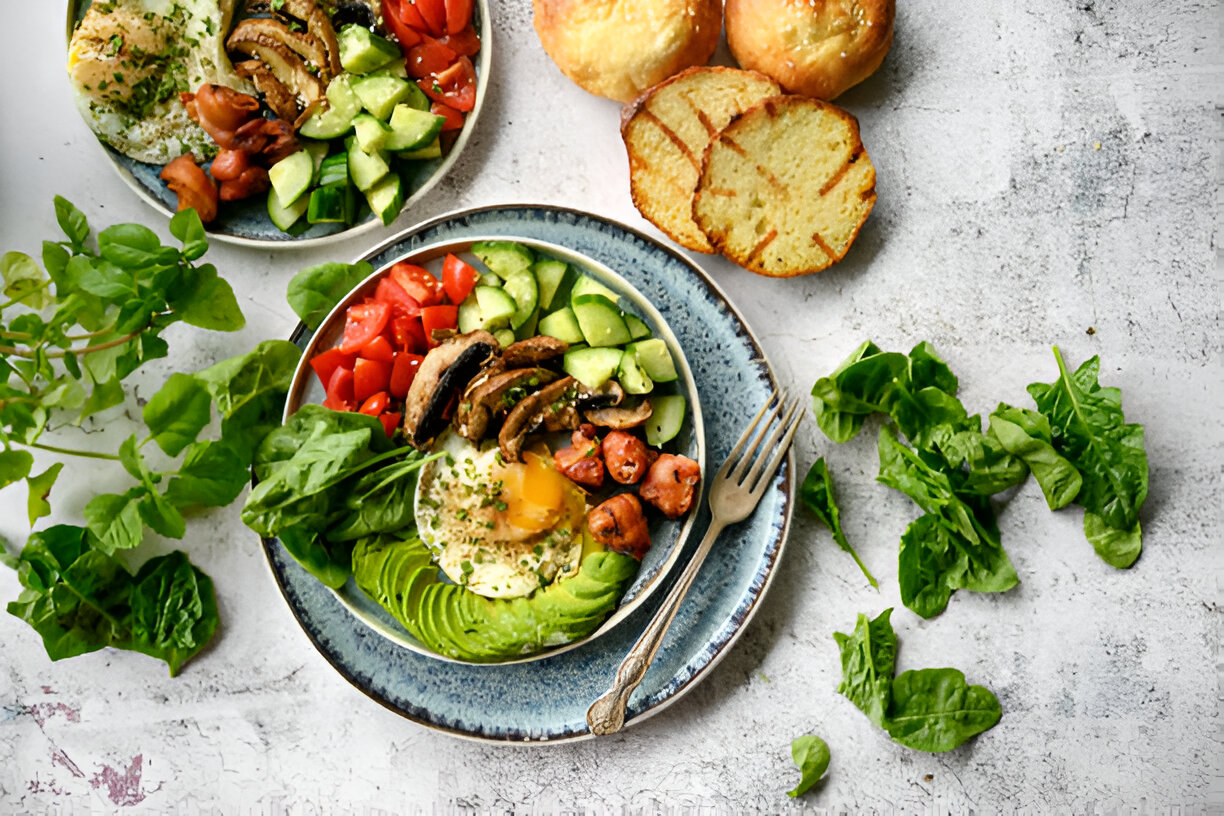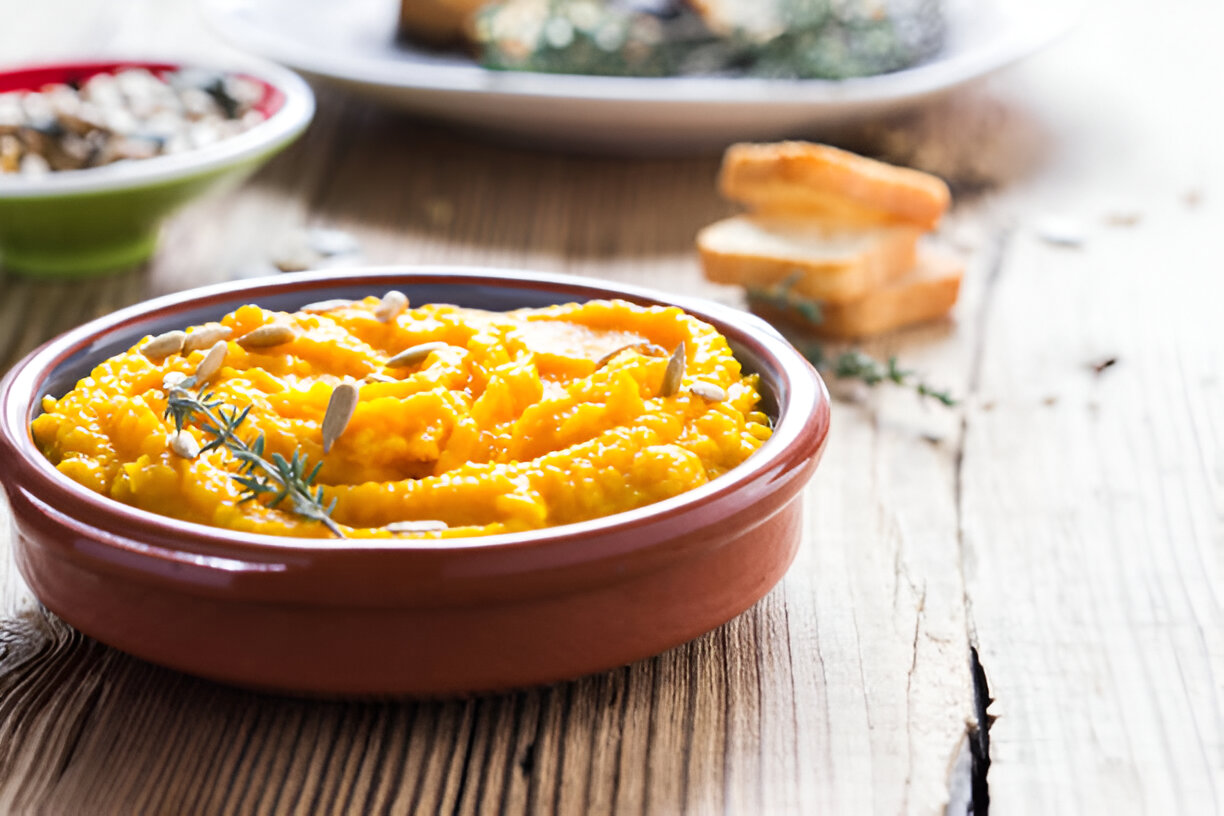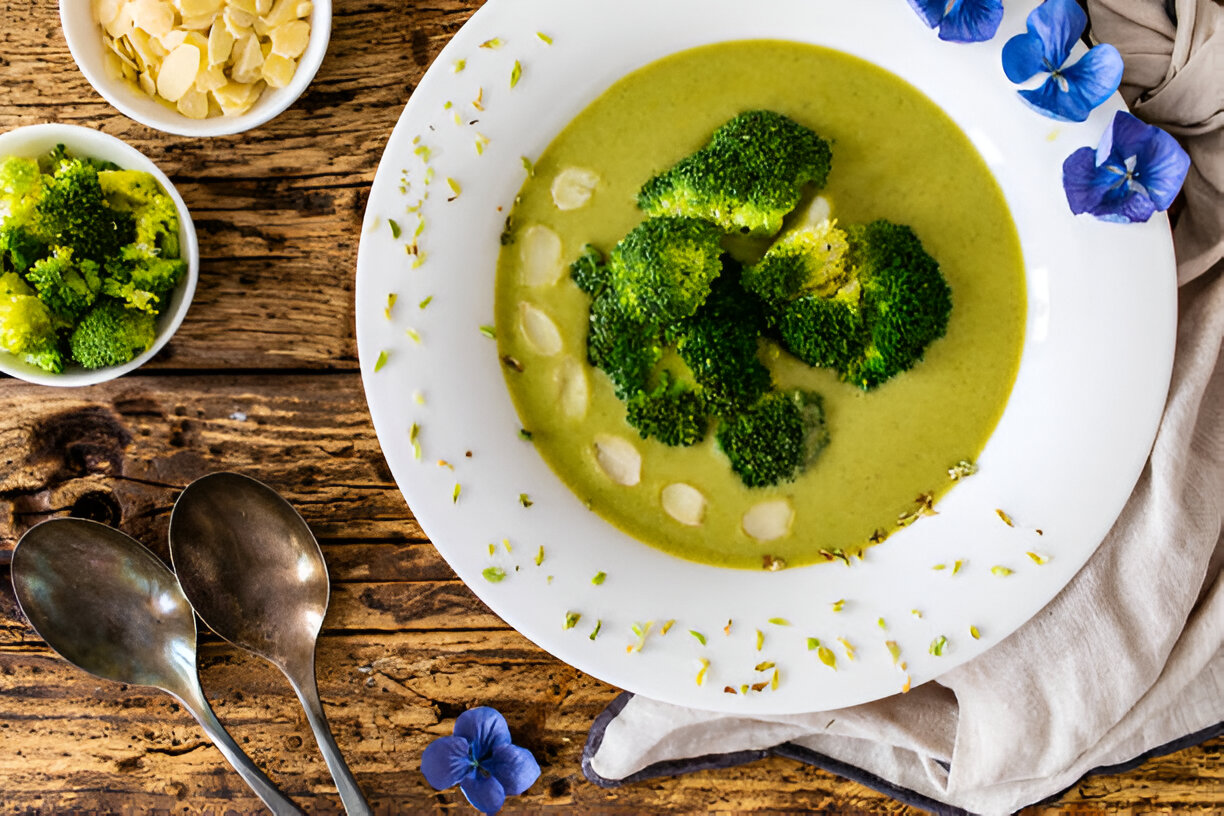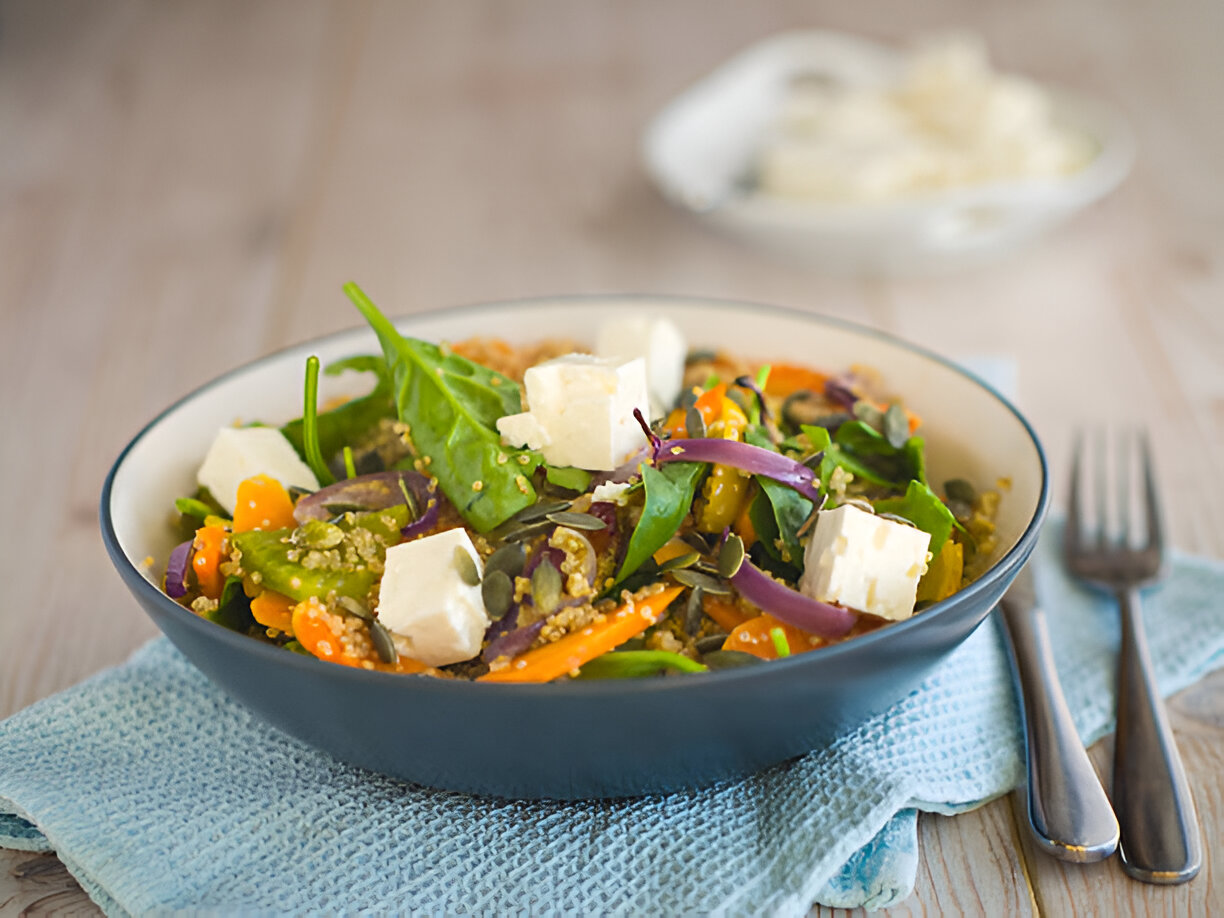
A Healthier Kitchen
Stocking the cupboards with the right ingredients means you’re always prepared to transform chicken, fish, tofu, or beef into a healthy dinner.
We asked four renowned chefs — Jody Adams, Mary Nearn, Michel Nischan, and Nora Pouillon — plus famed nutritionist Marion Nestle, Ph.D., M.P.H., to tell us what they keep on hand in their kitchens. In addition to wholesome staples such as walnuts, blueberries, and frozen spinach, they also stock seasonings — citrus, mustards, and organic oils — to pack in flavor without too much fat.
Our experts’ favorite ingredients will ensure that you never have to sacrifice nutrition or convenience. Once you’ve made it through their list of suggestions, take this printable checklist to the grocery store — and get shopping!
Greens
High in iron, vitamin A, and soluble fiber, leafy green vegetables never fail to increase the nutritional quotient of a meal. Although they’re not technically a pantry staple (as they need to be fresh and refrigerated), our experts recommend always picking up whatever greens are in season from your local farmer’s market. Saute autumn greens like kale with garlic and pine nuts or mix together summer’s lettuces (mizuna, arugula) for a flavorful salad. Plus, always have frozen spinach on hand.
Garlic
This superfood inhibits 72 known infectious agents, including those that cause the common cold. Garlic also protects against ulcers and may help eliminate metals, such as lead, from the body. A cornerstone of many cuisines, it’s also great on its own, roasted and spread on warm bread.
Onions
Like garlic, onions fight infection, help regulate blood pressure, and lower cholesterol. The base ingredient for just about any soup or stew, onions (especially shallots) taste fabulous simply caramelized and served with grilled pork or chicken.
Organic Citrus
Another “staple” that must be bought fresh, citrus should be a mainstay in your fruit bowl and a frequent ingredient in your cooking. The juice and zest from lemons, limes, and oranges bring zip to marinades, dressings, and simple pastas. Zest has the added benefit of enhancing digestive energy, relieving intestinal gas and swelling, and decongesting the lungs.
Tomatoes
In most cases, the fresher the vegetable, the healthier it is. Tomatoes are the exception. Your body can absorb more lycopene from the canned kind than from fresh uncooked ones; lycopene reduces the risk of cardiovascular disease and some cancers.
If you still prefer fresh, Nischan suggests freezing them to make them last. Blanch in hot water to remove the skins and store in freezer-safe plastic containers, leaving an inch of room at the top.
Dried Mushrooms
Skip the white buttons and portabellos and opt for immune-building shiitakes, maitakes (also known as hen-of-the-woods), and porcinis. Shiitakes and porcinis are known for their cancer-fighting power, while maitakes help lower blood pressure and blood sugar (great for those with diabetes).
Adams uses these mushrooms for their low-calorie, intense flavor. Rehydrate them in water and then add (with their strained, flavored liquid) to risottos, stir-fries, sautes, and tomato sauces.
Frozen Fruit
While fresh clearly has the advantage when it comes to taste, fruits like blueberries, strawberries, and mangoes remain antioxidant powerhouses even when frozen. In winter, frozen fruit is often a better choice than imported fresh, says Nestle, since it’s picked at the peak of ripeness, rather than early and shipped halfway round the world. Use berries in smoothies, pancakes, and muffins; add mangoes to a spicy beef curry.
Artichokes
Once prized as an aphrodisiac, artichokes now have a healthful reputation; they promote the flow of bile to the liver, which helps break down rich, fatty foods. Eat them fresh during the spring, says Adams, or add canned or frozen artichoke hearts to pasta.
Chile Peppers
While chile peppers might not replace your morning OJ anytime soon, they have up to six times as much vitamin C as oranges, plus plenty of vitamins A and B. Capsaicin, the compound that makes chiles taste hot, reduces pain and stimulates circulation.
Nearn loves stuffing local Southwest Anaheim chiles with rice, and she adds a pinch of dried chiles to a cup of hot chocolate.
Dried Herbs
For those times when you can’t get fresh herbs, keep dried thyme, sage, and oregano on hand to boost the flavor of nearly any dish. Nischan also loves lavender for its stress-busting benefits. He stirs dried lavender into sauces for lamb or chicken and sprinkles it into the cavity of a chicken before roasting. To maximize dried herbs’ potential, don’t skimp on price, and replace every four to six months.






